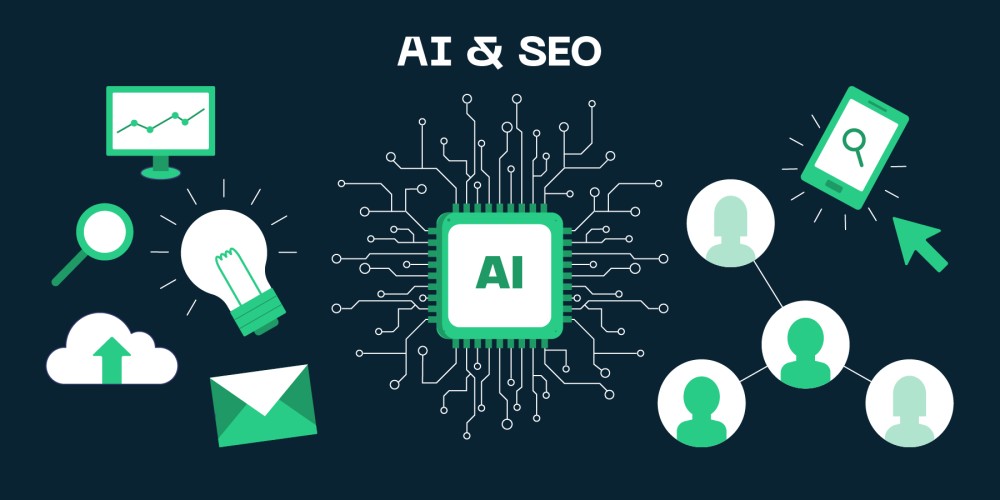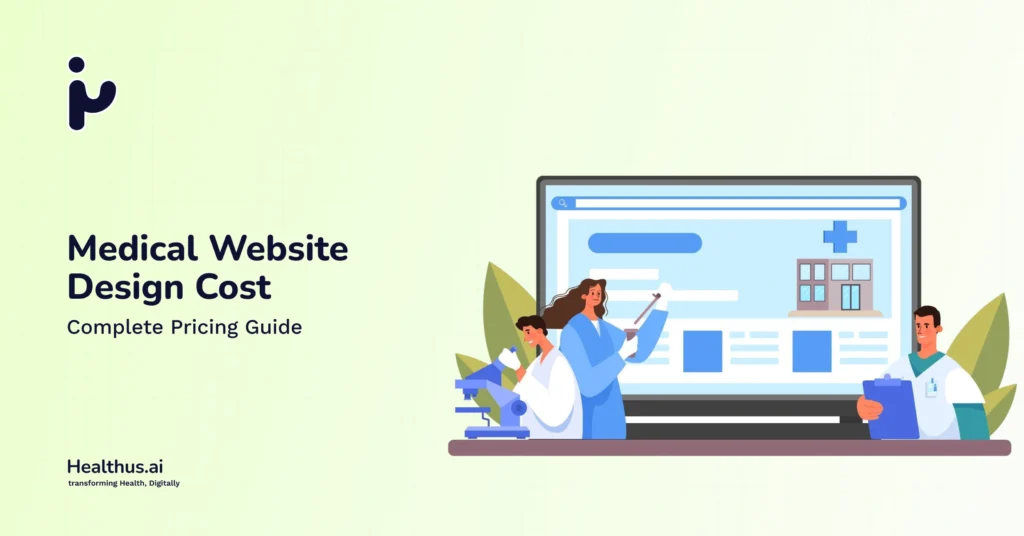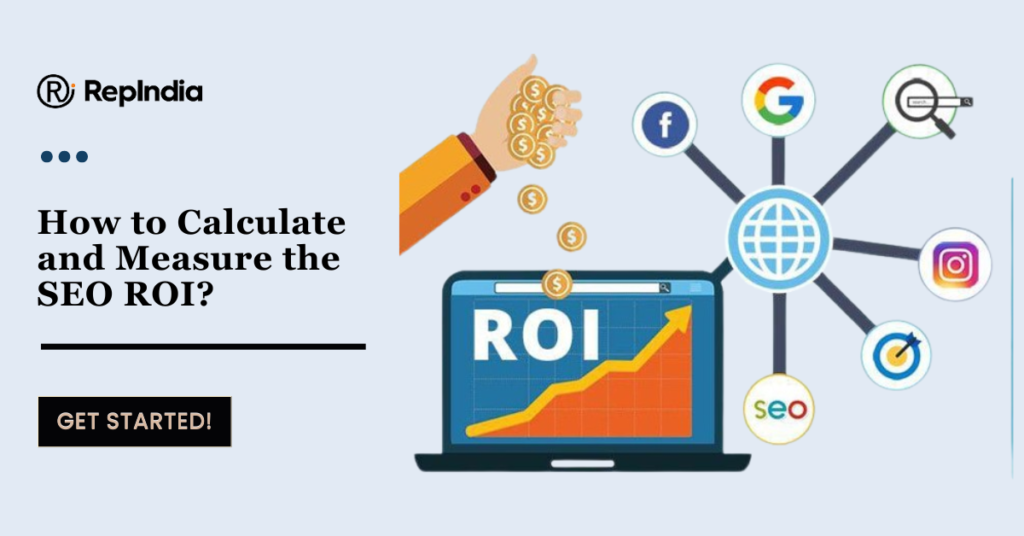Table of Contents
ToggleHow to Manage Website Maintenance Expenses in 2024
Website maintenance often feels like an uphill battle, with evolving technologies coupled with the rising expectations of users. Managing your website maintenance or shopify website maintenance costs is important in 2024. Whether it’s your personal blog, a site of e-commerce, or any other corporate portal, the maintenance of your website ensures it is performed at its highest level of quality, where it attains an optimal level in a respective environment. In this blog post, we’ll delve into the nitty-gritty of website maintenance costs and break down everything to help you better understand this important part of your online life.
Understanding Website Maintenance Costs

Cost of web maintenance, or in other words, recurring costs that ensure a website functions consistently, is secure, and up-to-date. Yet, the size of a website, the technologies applied, and maintenance requirements can make quite big differences. Thus, the trends that appeared online during 2024 would indicate the ability to fully understand the cost factors that help website owners take educated decisions.
Other Necessities in Website Maintenance Cost
1. Hosting Cost

What is hosting cost?: Hosting cost means the fees charged to upload your website’s files onto a server that one can access through the internet.
How much?: The average fee would range between $3 and above $100, depending on what kind of hosting- it is: shared, VPS, dedicated, or cloud.
2. Domain Registration

What It Is: The fee to register your domain name for your website, typically renewed every year.
Typical Costs: Domain registration usually ranges from $10 to $20 per year, however sometimes a premium domain could cost much more.
3. CMS Updates

What It Is: Updates to your CMS, such as WordPress, Joomla, or Drupal, related to security and functionality.
Typical Costs: Very low cost if you do it yourself, but someone doing it for you might cost you between $50 and $200 per update, depending on complexity.
4. Plugin and Theme Maintenance

What They Are: Updating plugins and themes to ensure compatibility and security.
Typical Costs: Plugins and themes are free. Premium versions of plugins and themes tend to cost between $30 up to over $300 and come with recurring fees to keep their services.5. Security Measures
5. Security Measures

What They Are: Using SSL certificates, firewalls, and malware scanning on your site.
Normal Costs: Basic SSLs are either free or $200 a year, but full security services range from $50 to $500 annually.
6. Backup Services

What They Are: Simple backup of the website so you don’t lose data
Typical Prices: Free plugins to professional services at $10-$50 per month.
7. Performance Monitoring and Optimization

What is it: Periodic checks on website speed as well as performance, followed by necessary optimizations
Typical cost: Basic tools usually free. Professional services range $100 to $300 per month.
8. Content Updates and SEO

What are they: Periodically updating website content and optimizing for search engines.
Standard Fees: Content updates, whether in-house or outsourced, cost between $50 and $500 per piece, while SEO services can be charged monthly between $200 and $5,000.
9. Technical Support and Development

What It Is: The service for technical issues, troubleshooting, and ongoing development tasks.
Average Rates: Freelance developers or agencies can charge between $25 and $150 per hour, depending on the expertise.
Managing Maintenance Costs
In managing website maintenance costs in 2024, consider the following:
1. Budgeting
Budget for all maintenance services. Vital services should be prioritized and funds allocated. Be mindful of any unforeseen costs and have a plan B.
2. In-house or Outsource
You may decide whether maintenance activities will be done in-house or outsourced to professionals. The most basic maintenance jobs, such as updating of content, can be left to yourself; the most complex, however, require professional service.
3. Selection of Appropriate Tools
Invest in trusted backup, security, and performance monitoring tools. Many of these tools have tiered pricing, so you can choose a plan that best suits your budget.
4. Regular Audits
Regular audits of your website will help identify areas for improvement. This is proactive and can avoid problems down the line and can even save money in the long run.
5. Be Trendy
Track industry trends and the technologies that may affect the cost of maintenance. It will put you in a position to update in good time and avoid potential security risks.
6. Maintenance Plan
Get a website maintenance plan from a professional service. Services under such plans are usually a bundle; hence, economical for the ongoing maintenance needs.
Conclusion
With regard to Shopify web maintenance cost of 2024, quality has to be aligned with a reasonable budget. Understand what such costs consist of and take efficient management to maintain a value proposition that will have your website robust for use in the digital sphere. Assess what your priorities are and know your areas and make timely updates. Thus, keep track of any developments related to a strong presence on the digital landscape and adjust according to such development, with returns of a satisfying end and improved functionality.
About Us
In today’s competitive eCommerce scenario, a completely functional Shopify site has now become an essential parameter to succeed in an eCommerce business. Shopify Site Maintenance Services ensure your online store continues to run smoothly and operates efficiently. Professional Shopify Site Maintenance Services provided by the Bloom Digital Marketing Agency can place your business on the right track in the digital arena!








Rahul M.
B2B Service Provider